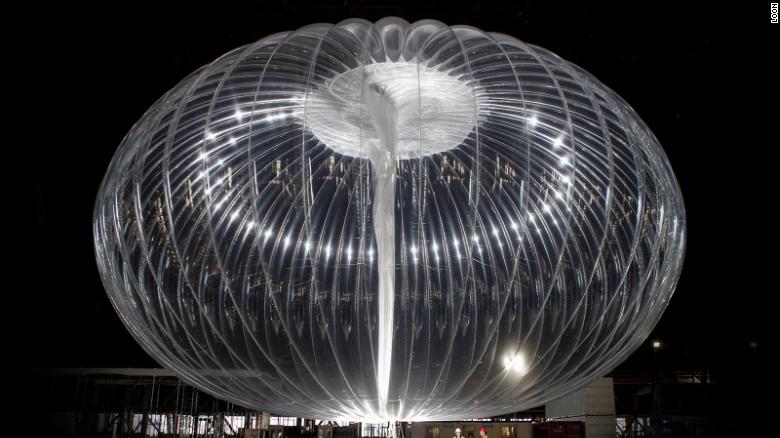
A fleet of
balloons is providing internet service to remote areas of Kenya, Google's
Project Loon and Telkom Kenya announced.
It is the
first balloon-powered internet in Africa, and the first non-emergency
commercial deployment in the world.
One way to think about Loon’s balloons is as floating cell towers which make the service incredibly flexible. This feature enabled Loon to provide emergency service within 48 hours of the 8.0 magnitude earthquake that hit Peru last year.
The
balloons are made from polyethylene sheets and are about the size of tennis
courts.
The project
will use a fleet of 35 or more balloons floating 20 kilometers above ground, in
constant motion in the stratosphere, to provide 4G LTE service spanning 50,000
square kilometers across central and western Kenya.
The balloons
launched from locations in the United States will navigate to Kenya using wind
currents. According to Project Loon, more balloons will be released as more
experience in flying over Kenya is gained.
The technology
will offer connectivity to the many Kenyans who live in remote regions that are
underserved or totally unserved, and as such remain disadvantaged.
Only 28% of
Africa’s 1.2 billion people have access to the internet, according to a
2019 report by the Alliance for Affordable Internet. Loon and Telkom Kenya are
hoping to close this gap.


